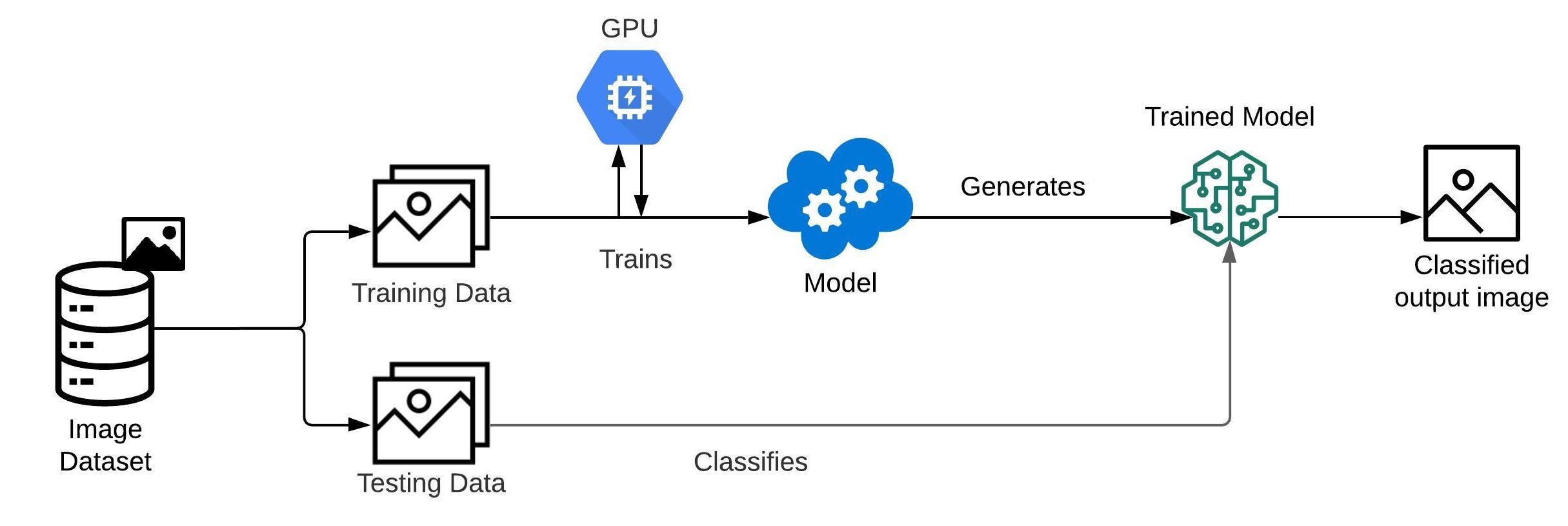Since the outbreak of the Covid-19 pandemic, Malta was among many other countries around the world affected by the disease. With over 160 million confirmed cases and a death toll of over three million worldwide as at the time of writing, most governments and citizens around the world have been trying to contain the spread of the deadly virus.
The most effective way to prevent the spread of the virus is by simply wearing a mask [1]. Most countries have made wearing a mask both inside public establishments and outdoors mandatory through legal notices. However, it would require substantial human resources to ensure that people are wearing their masks in the various public premises and outdoor spaces. This gives rise to the necessity of an automatic and real-time image processing face-mask-detection system to facilitate the difficult task of checking for the observance of mask wearing in public places. The best advantage of this system would be that it could detect a person’s face in real time, thus speeding up the process.
In recent years, there has been a great advancement to image-processing neural networks. Hence, projects such as this one have become increasingly feasible in monitoring open public spaces. Unlike enclosed public spaces such as airports, in which a camera could be positioned effectively, in public spaces this tends to be more difficult, as there would be a larger area to cover as well as constant movement. In these types of situations, the relevance of unmanned aerial vehicles (UAV) such as drones come into effect, as they offer various advantages. One of the larger benefits is that they offer a great range of movement, which allows them to navigate through hard-to-access areas.
The aim of this project was to investigate, design and develop a drone-based, real-time face-detection system. Different deep learning algorithms that could be used in achieving this were evaluated in order to find the best performing object-detection algorithm.
From the research and tests carried out, the You Only Look Once (YOLO) algorithm [2] was found to be one of the best convolutional neural network architecture models, due to its high accuracy and speed, especially in real-time detection [3]. The system was implemented using different versions of this algorithm, such as YOLOv3 and the Tiny-YOLOv3 model. A custom dataset was created and used to train and evaluate each model. Both algorithms proved to yield good results.

References/Bibliography
[1] J. Howard et al., “Face Masks Against COVID-19: An Evidence Review”, 2020.
[2] J. Redmon, S. Divvala, R. Girshick and A. Farhadi, “You Only Look Once: Unified, Real-Time Object Detection”, 2016 IEEE Conference on Computer Vision and Pattern Recognition (CVPR), 2016.
[3] J. Du, “Understanding of Object Detection Based on CNN Family and YOLO”, Journal of Physics: Conference Series, vol. 1004, p. 012029, 2018.
Course: B.Sc. IT (Hons.) Software Development
Supervisor: Prof. Matthew Montebello
Co-supervisor: Dr Conrad Attard
